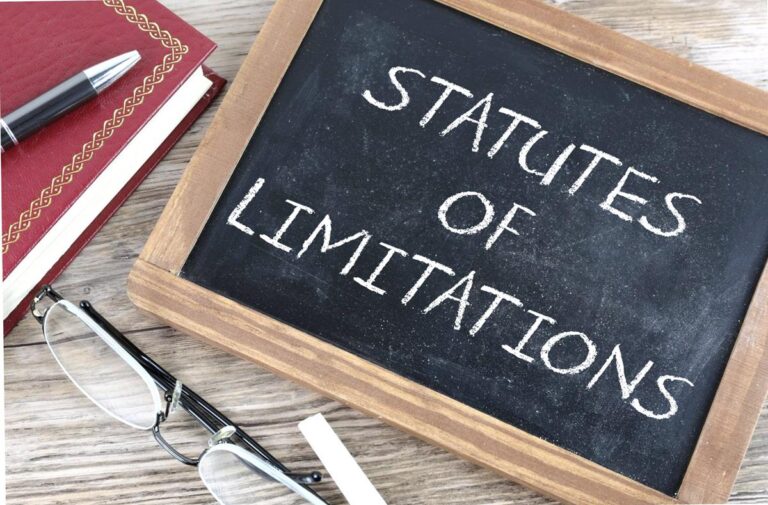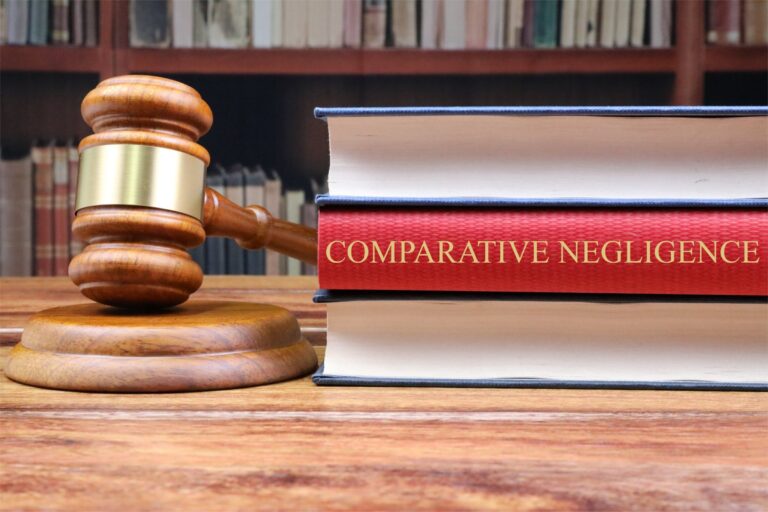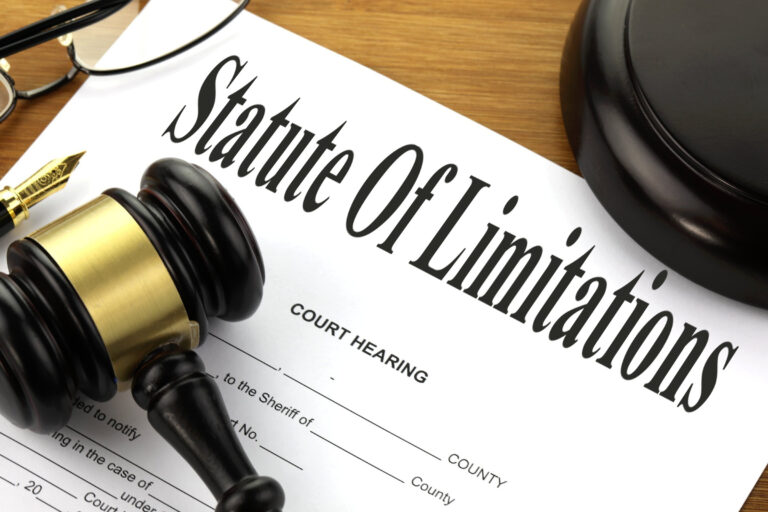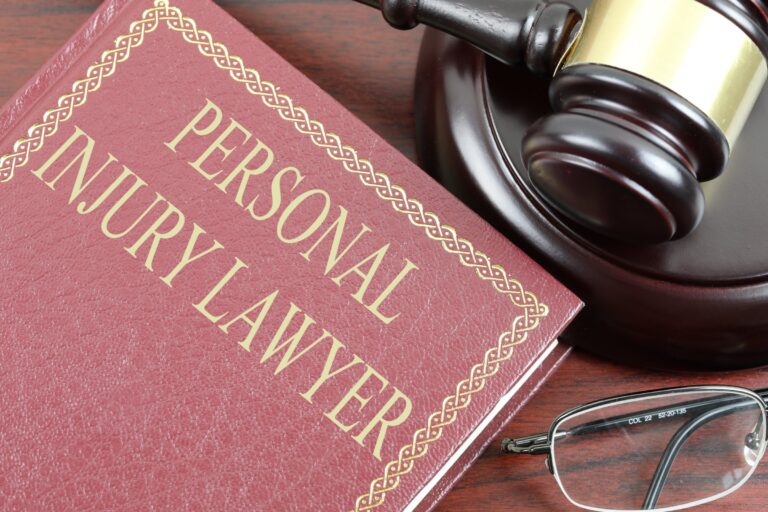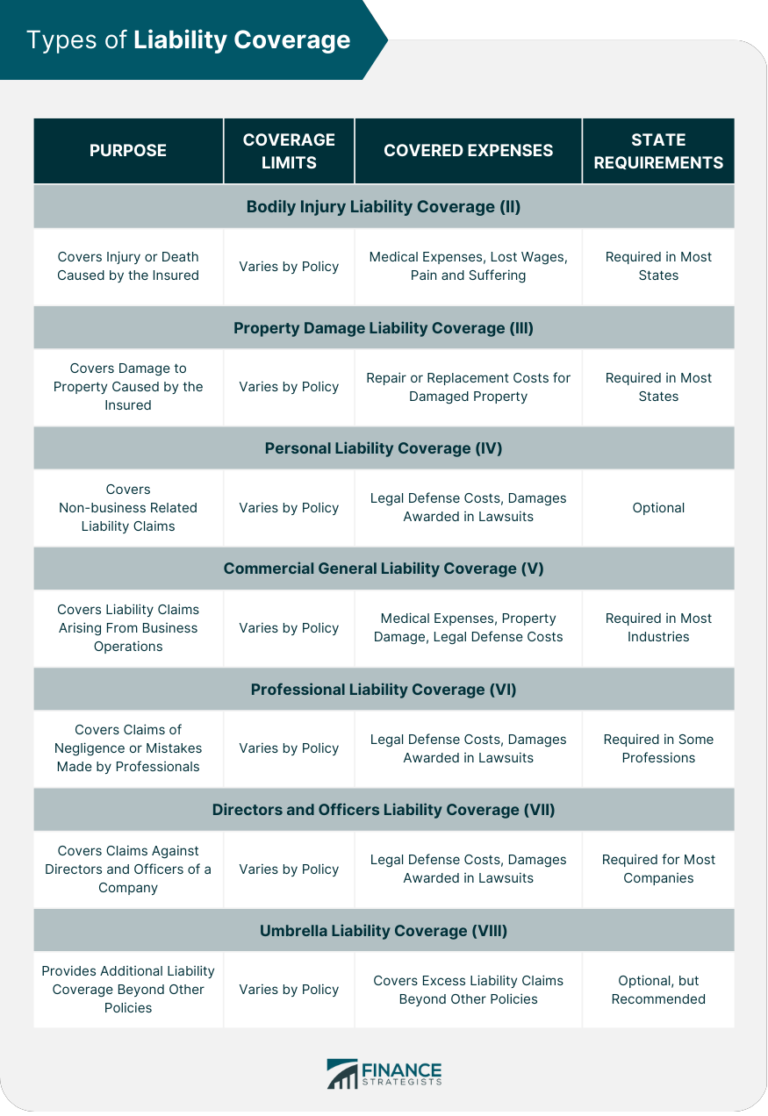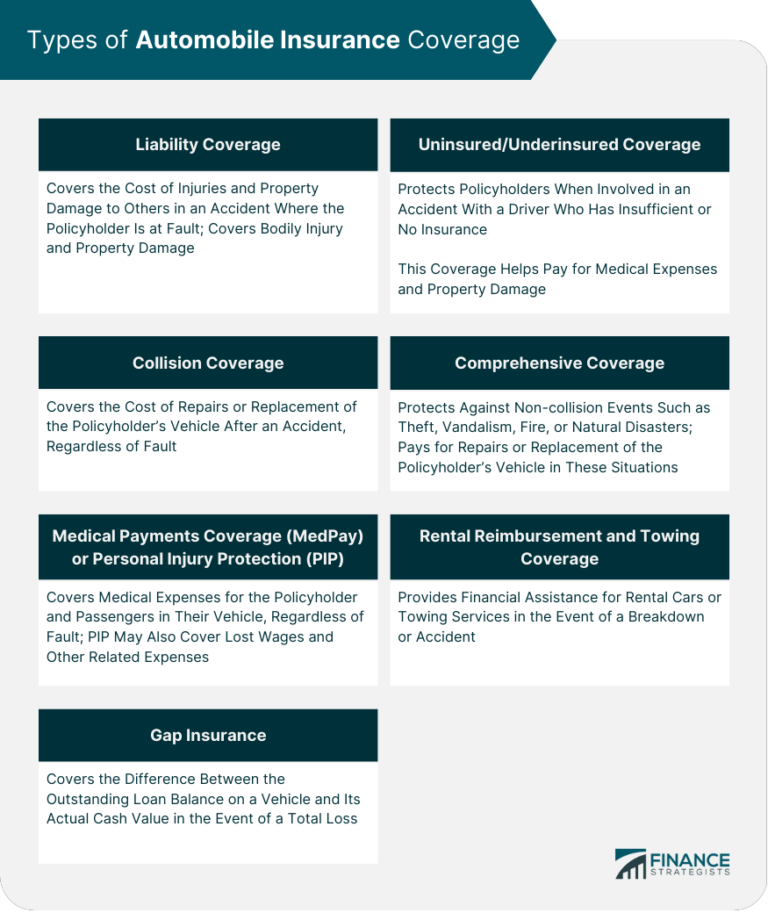Introduction
Definition of statutes of limitations
Statutes of limitations refer to the legal time limit within which a person can file a lawsuit for a personal injury claim. These limitations vary from state to state and are designed to ensure that cases are brought forward in a timely manner, allowing for a fair and efficient resolution. The purpose of statutes of limitations is to protect defendants from being subjected to lawsuits long after the incident occurred, when evidence may have been lost or witnesses may no longer be available. It also provides a sense of finality and closure for both parties involved. Understanding the definition of statutes of limitations is crucial in personal injury law, as it helps individuals determine whether they still have the legal right to pursue a claim.
Importance of statutes of limitations in personal injury law
Statutes of limitations play a crucial role in personal injury law. These legal time limits determine the window of opportunity for someone to file a lawsuit seeking compensation for their injuries. The importance of statutes of limitations cannot be overstated, as they serve several key purposes. First and foremost, they provide a sense of fairness and balance by ensuring that claims are brought in a timely manner, preventing the possibility of stale or unreliable evidence. Additionally, statutes of limitations also protect defendants from being subjected to potential liability indefinitely, allowing them to move forward with their lives without the constant fear of litigation. Furthermore, these time limits promote efficiency in the legal system, encouraging plaintiffs to promptly pursue their claims and avoid unnecessary delays. Overall, statutes of limitations are a fundamental aspect of personal injury law, providing structure, protection, and efficiency to the legal process.
Purpose of statutes of limitations
The purpose of statutes of limitations in personal injury law is to provide a time limit within which a person must file a lawsuit after being injured. These limitations serve several important purposes. First, they promote the timely resolution of legal disputes, ensuring that cases are resolved while evidence is still fresh and witnesses’ memories are still reliable. Second, they protect defendants from being subjected to lawsuits long after the alleged injury occurred, preventing unfairness and potential prejudice. Finally, statutes of limitations also encourage potential plaintiffs to take prompt action and seek legal remedies, rather than delaying or procrastinating. Overall, the purpose of statutes of limitations is to balance the interests of both plaintiffs and defendants, ensuring a fair and efficient legal system for all parties involved.
Statutes of Limitations for Personal Injury Claims
Overview of statutes of limitations for personal injury claims
Statutes of limitations play a crucial role in personal injury law. These laws set a specific time limit within which a person can file a lawsuit for their injuries. The purpose of statutes of limitations is to ensure that claims are brought in a timely manner, allowing for a fair and efficient resolution of disputes. In personal injury cases, the statutes of limitations vary depending on the jurisdiction and the type of injury involved. It is important for individuals to be aware of these limitations and take prompt action to protect their legal rights. Failing to file a claim within the specified time period can result in the loss of the right to seek compensation for their injuries.
Different statutes of limitations for different types of personal injury cases
In personal injury law, different types of cases have different statutes of limitations. This means that the time period within which a person can file a lawsuit varies depending on the nature of the personal injury case. For example, the statute of limitations for medical malpractice cases may be different from the statute of limitations for car accident cases. It is important for individuals involved in personal injury cases to be aware of the specific statute of limitations that applies to their case, as failing to file a lawsuit within the prescribed time limit can result in the loss of their right to seek compensation.
Factors that can affect the statutes of limitations
Factors that can affect the statutes of limitations in personal injury law can vary depending on the jurisdiction and the specific circumstances of the case. One important factor is the type of injury involved, as different statutes of limitations may apply to different types of injuries. Additionally, the age of the victim at the time of the incident can also impact the statutes of limitations, as some jurisdictions may have different time limits for minors. Other factors that can affect the statutes of limitations include the discovery of the injury, the presence of fraud or misconduct, and any extensions or tolling of the limitations period granted by the court. It is crucial for individuals involved in personal injury cases to be aware of these factors and consult with a qualified attorney to ensure their rights are protected within the applicable statutes of limitations.
Statutes of Limitations by Jurisdiction
Variations in statutes of limitations by jurisdiction
The statutes of limitations in personal injury law can vary significantly depending on the jurisdiction. Each state or country may have its own set of rules and time limits for filing a personal injury claim. For example, in some jurisdictions, the statute of limitations may be as short as one year, while in others, it could be as long as six years. Additionally, certain jurisdictions may have specific rules for different types of personal injury cases, such as medical malpractice or product liability. It is crucial for individuals involved in personal injury cases to understand the statutes of limitations in their jurisdiction to ensure they file their claims within the required timeframe.
Comparison of statutes of limitations in different states
When it comes to personal injury law, it is crucial to understand the statutes of limitations in different states. These statutes determine the time period within which a victim can file a lawsuit after an accident or injury. However, it is important to note that the statutes of limitations vary from state to state. For example, in California, the statute of limitations for personal injury cases is generally two years from the date of the injury. On the other hand, in New York, the statute of limitations is generally three years. This means that victims in California have a shorter time frame to take legal action compared to those in New York. It is essential for individuals involved in personal injury cases to be aware of the specific statutes of limitations in their state to ensure they do not miss the deadline for filing a lawsuit. Seeking legal advice from an experienced personal injury attorney is highly recommended to navigate through the complexities of these statutes and protect one’s rights.
Importance of understanding the statutes of limitations in your jurisdiction
Understanding the statutes of limitations in your jurisdiction is crucial when it comes to personal injury law. These statutes determine the time limit within which a person can file a lawsuit for a personal injury claim. It is important to be aware of these limitations as failing to file a claim within the specified time frame can result in the loss of your right to seek compensation. By understanding the statutes of limitations, you can ensure that you take timely action and protect your legal rights. Consulting with an experienced personal injury attorney can help you navigate through these complexities and ensure that you meet all the necessary deadlines.
Exceptions to Statutes of Limitations
Discovery rule and its application to statutes of limitations
The discovery rule is an important concept in personal injury law that can affect the application of statutes of limitations. Under this rule, the statute of limitations does not begin to run until the injury is discovered or should have been discovered through reasonable diligence. This rule recognizes that some injuries may not be immediately apparent and allows individuals to pursue legal action even if the standard statute of limitations has expired. The discovery rule is particularly relevant in cases where the injury is not immediately noticeable, such as in cases of medical malpractice or toxic exposure. It provides a fair and equitable approach to ensuring that individuals have a reasonable amount of time to bring a lawsuit for injuries they were unaware of. By applying the discovery rule to statutes of limitations, the law aims to protect the rights of individuals who may have suffered harm but were unaware of it until later.
Tolling of statutes of limitations in certain circumstances
In personal injury law, the statutes of limitations play a crucial role in determining the time frame within which a victim can file a lawsuit. However, there are certain circumstances that can toll or suspend the running of the statutes of limitations. This means that the clock is temporarily paused, allowing the victim additional time to bring a legal claim. Tolling of statutes of limitations can occur in situations such as when the victim is a minor, mentally incapacitated, or when the defendant is out of the state or country. These exceptions ensure that individuals who may be unable to pursue legal action immediately are not unfairly barred from seeking justice. Understanding the tolling of statutes of limitations is essential for both personal injury victims and their attorneys, as it can significantly impact the ability to pursue a successful legal claim.
Exceptions for minors and individuals with disabilities
Exceptions for minors and individuals with disabilities provide special considerations in personal injury cases. In these situations, the statute of limitations may be extended or tolled to allow for the unique circumstances of minors and individuals with disabilities. Minors, who are under the age of 18, are often granted additional time to file a personal injury claim once they reach the age of majority. Similarly, individuals with disabilities may be given extra time to pursue legal action if their disability prevented them from filing a claim within the standard statute of limitations. These exceptions aim to ensure that minors and individuals with disabilities have adequate time to seek justice and compensation for their injuries.
Consequences of Failing to File within the Statutes of Limitations
Loss of the right to file a personal injury claim
Loss of the right to file a personal injury claim occurs when the statute of limitations expires. In personal injury law, the statute of limitations is the time limit within which a victim must file a lawsuit to seek compensation for their injuries. Once this time limit has passed, the victim loses their legal right to pursue a claim. It is important for individuals who have suffered a personal injury to be aware of the statute of limitations in their jurisdiction and take prompt action to protect their rights. Failure to file a claim within the specified time frame can result in the loss of the opportunity to seek justice and receive the compensation they deserve.
Barred from seeking compensation for damages
When it comes to personal injury cases, there are important statutes of limitations that plaintiffs should be aware of. These statutes determine the time period within which a lawsuit must be filed in order to seek compensation for damages. If a plaintiff fails to file within the specified time frame, they may be barred from seeking compensation for their injuries. It is crucial for individuals involved in personal injury cases to understand and adhere to these statutes of limitations to ensure their rights are protected and they have the opportunity to seek the compensation they deserve.
Impact on the ability to hold the responsible party accountable
The statutes of limitations in personal injury law play a crucial role in determining the ability to hold the responsible party accountable. These time limits set by law establish the deadline within which a legal action can be filed. When the statutes of limitations expire, the injured party loses their right to seek compensation for their injuries. This can have a significant impact on the ability to hold the responsible party accountable, as it limits the legal options available to the injured party. It is important for individuals who have suffered personal injuries to be aware of the statutes of limitations in their jurisdiction and to take prompt action to protect their rights and seek the justice they deserve.
Importance of Consulting with an Attorney
Role of an attorney in navigating statutes of limitations
In personal injury cases, the role of an attorney in navigating statutes of limitations is crucial. Statutes of limitations are laws that set a time limit for filing a lawsuit after an injury or accident. These time limits vary depending on the type of injury and the jurisdiction. An experienced attorney understands the importance of adhering to these statutes and can help ensure that a case is filed within the prescribed time frame. They are knowledgeable about the specific deadlines and exceptions that may apply, and can effectively navigate the complex legal process. By working with an attorney, individuals can avoid the risk of having their case dismissed due to a missed deadline and maximize their chances of obtaining the compensation they deserve. The attorney’s role also extends to gathering evidence, interviewing witnesses, and negotiating with insurance companies, all of which are crucial in building a strong personal injury case. Overall, the role of an attorney in navigating statutes of limitations is essential for protecting the rights of injured individuals and ensuring they receive the justice they deserve.
Benefits of seeking legal advice in personal injury cases
Seeking legal advice in personal injury cases can provide numerous benefits. First and foremost, an experienced personal injury lawyer can navigate the complex legal system and ensure that all necessary paperwork and deadlines are met. They can also gather evidence, interview witnesses, and build a strong case on your behalf. Additionally, a lawyer can negotiate with insurance companies and other parties involved to secure a fair settlement or take your case to court if necessary. By seeking legal advice, you can maximize your chances of receiving the compensation you deserve for your injuries and losses.
How an attorney can help ensure compliance with statutes of limitations
An experienced attorney can play a crucial role in ensuring compliance with statutes of limitations in personal injury cases. They have a deep understanding of the various deadlines and requirements set forth by these statutes, which can vary depending on the jurisdiction and the nature of the claim. By working closely with their clients, attorneys can help identify the applicable statutes of limitations and ensure that all necessary actions are taken within the prescribed time limits. This includes gathering evidence, filing the necessary paperwork, and initiating legal proceedings if necessary. Additionally, attorneys can also provide guidance and support throughout the entire legal process, helping clients navigate any potential challenges or obstacles that may arise. Ultimately, having an attorney by your side can greatly increase the chances of successfully pursuing a personal injury claim within the statutes of limitations.
